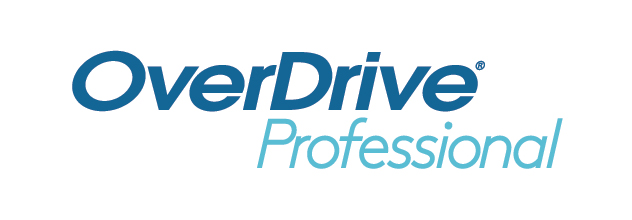ATD Blog
How Large and Small Organizations View L&D Priorities and Outcome Measurements Differently
Thu Nov 11 2021

OverDrive Professional, the leading digital library service for businesses, partnered with the Association for Talent Development (ATD) to survey their members and gain insights into what training priorities and outcome measurements are most valued. They found interesting trends, driven largely by the rise in importance of diversity, equity, and inclusion (DEI), social justice, and companies’ reliance on technology to keep performing despite the limits brought on by COVID-19. The most significant differences were the delineation between small and large companies. Here are four main ways that small and large companies differ:
1. Training Priorities
Large companies’ top training priorities include DEI and leadership. Because of this, they are likely to have a strong compliance focus. Unsurprisingly, large organizations have more training and development resources specifically focused on employee training, mentoring, and online classes. But that is also a result of having uniform standards and quality control across multiple facilities and locations, which isn’t an issue for smaller companies.
Small organizations focus more on employee professional development and leadership development. This reflects the goals of many smaller organizations in growth mode and typically promote from within, thereby creating a distinct need for training new leaders. Small organizations also use seminars more than large organizations as a means of supporting professional development or training.
2. Measuring Training Outcomes and Evaluating Resources
Both large and small organizations rely on job performance and evaluations to measure training outcomes. Large organizations use organizational performance metrics in significantly higher percentages, more than 20 percentage points on average.
All organizations struggle with measuring learning outcomes to either help establish ROI or at least know the programs they are rolling out are working as intended.
In evaluating professional development resources, associated costs are more important to large organizations. Large organizations also value customization more than smaller organizations.
3. How Resources Are Discovered
The survey also looked to understand how decision makers in learning and development (L&D) discovered the resources they were using. Using one’s professional network is the best source to discover new tools across all sizes of organizations.
The best way to discover new training and development tools for small companies was through personalized emails from a service provider. Often, larger organizations require a personal presentation, which is attributed to more people being involved in the decision.
4. How Resources Are Best Utilized
Looking at the type and subject matter of content by organizational size, the survey found both common areas and divergences in what L&D professionals are looking to accomplish. Professional development is highly valued for all organizations. Companies with physical and digital resources have a top training priority for professional development and are also more likely to have a wellness perk. Those with physical and digital library resources invest more in training as a line item and are most likely to have book clubs.
Meanwhile, DEI is more critical to large organizations. Also, popular fiction is least needed. Almost all large organizations have a learning management system (LMS), while about half of smaller organizations do. A digital library is a resource that can complement any LMS or work as a standalone product.
The value that any organization can derive from having a library is not unique to OverDrive Professional. It is the power of books, in any format, to make ideas, experiences, and learning accessible, consistent, and cost-effective for teaching or sharing knowledge.
More from ATD

